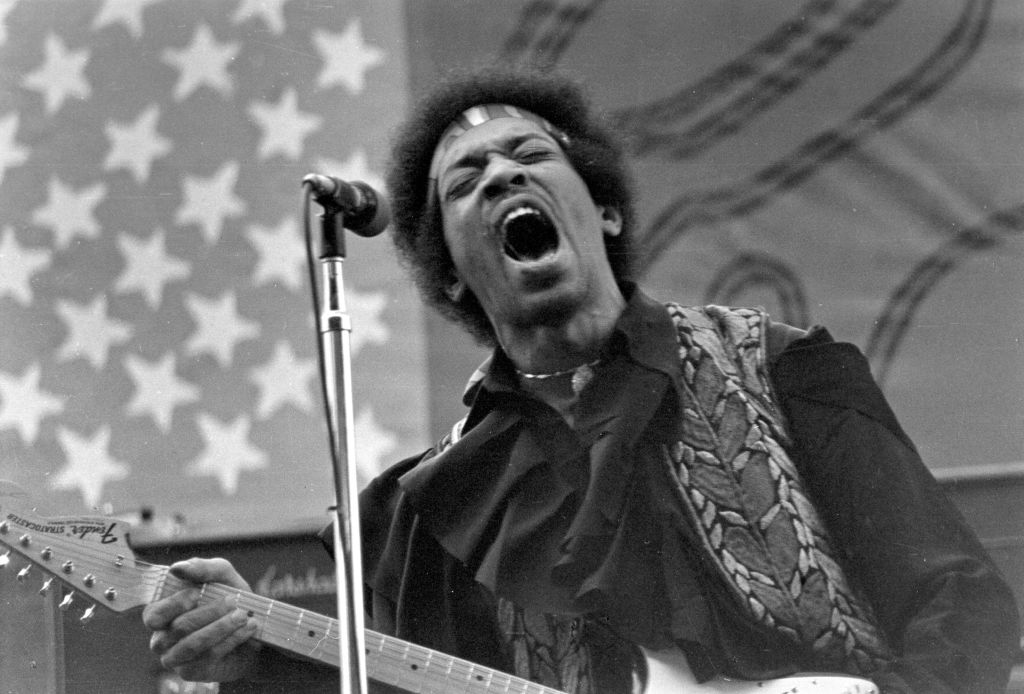Rock ‘n’ Roll Has Always Been About American Freedom

Freedom and American rock ‘n’ roll go hand in hand because both represent rebellion, self-expression and the breaking of boundaries. Rock ‘n’ roll emerged in the 1950s as a bold, electrifying sound that challenged conservative social norms and racial barriers. It mixed African-American blues with country and pop, creating something uniquely American — loud, raw and unapologetic.
RELATED STORY: 20 Things To Do in Houston for 4th of July Weekend
Just like the idea of freedom in the American spirit, rock ‘n’ roll was about shaking off control and finding your voice. In the 1960s and ’70s, rock music became the soundtrack to civil rights protests, anti-war movements and a generation demanding change. Artists like Bob Dylan, Jimi Hendrix and Janis Joplin didn’t just perform music, they embodied defiance, individuality and the fight for something more honest and inclusive. Rock gave people an outlet to challenge authority, question the system and dream out loud; that’s freedom at its core.
RELATED STORY: 25 Songs for Your Patriotic Rock Playlist
At the same time, the “American Dream” has always been tied to the idea that you can rise from nothing, speak your truth and be heard. Rock ‘n’ roll echoed that promise. Whether it was Elvis Presley, the son of a truck driver or Bruce Springsteen singing about blue-collar life, rock captured the voice of the everyday American and gave it volume.
Ultimately, rock ‘n’ roll is freedom amplified. It’s about the right to be loud, to be different, to resist silence and conformity. In a country built on revolution and the pursuit of liberty, it’s no surprise that American rock and freedom are deeply intertwined: One drives the other and both refuse to be quiet.





